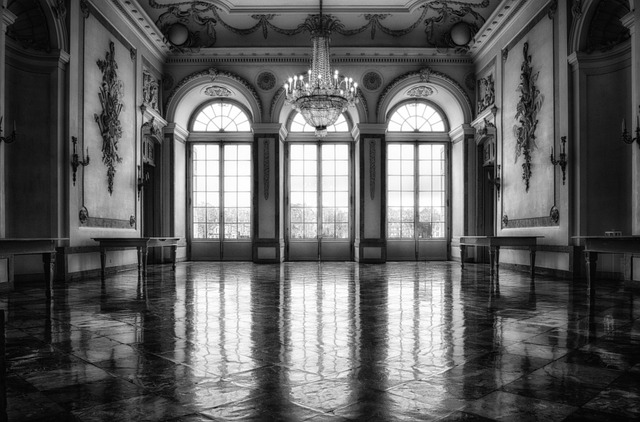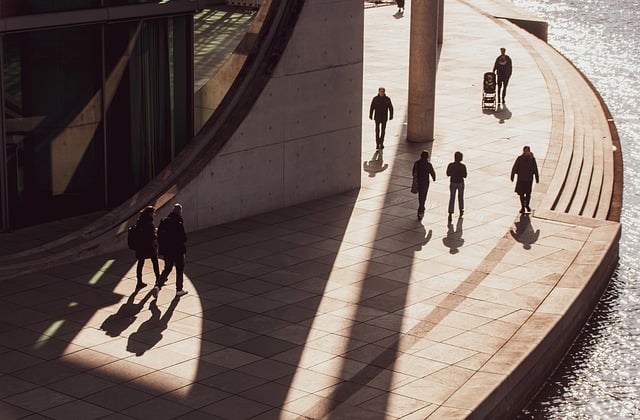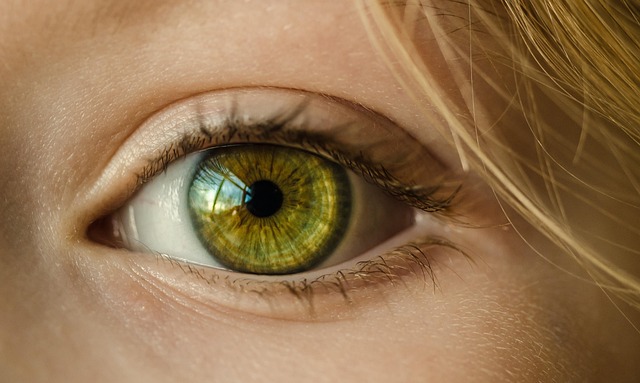Exploring Rococo: The Artistic Design Legacy in Painting
The Rococo period, flourishing in the early 18th century, represents a unique blend of exuberance and elegance that captivated the art world. As a style that originated in France and spread across Europe, Rococo is often associated with a sense of playfulness and charm, resonating through its intricate designs and vibrant palettes. Its essence can be identified not only in painting but also in architecture and decorative arts, making it a cornerstone of the artistic legacy.
At the heart of Rococo painting lies an undeniable sense of freedom. Artists strived to break away from the rigid structures of the Baroque style that preceded it, favoring instead a more whimsical and intimate approach. The works of artists such as Antoine Watteau, François Boucher, and Jean-Honoré Fragonard reveal a world where love, leisure, and romance reign supreme. Their canvases are filled with delicate figures, often engaged in playful pursuits, surrounded by lush landscapes and soft, pastel colors that seem to invite viewers into their serene worlds.
One cannot discuss Rococo without admiring its elaborate ornamentation and design. The fluidity of lines, the curves, and the asymmetrical shapes often found in Rococo paintings mimic the intricate designs seen in furniture and architecture from the same era. This attention to design extended beyond mere aesthetics; it was about creating an immersive experience. The art became a reflection of a lifestyle that embraced pleasure and sophistication, echoing the sentiments of the French aristocracy at the time.
In painting, the Rococo style thrived on themes of merriment and fantasy. Scenes of bucolic gatherings, flirtatious encounters, and idyllic mythological narratives were common, turning each artwork into a celebration of life. The technique employed by Rococo painters is equally noteworthy, with their use of soft brushwork and layered glazes allowing for a luminosity that enhances the dreamy quality of their compositions. This masterful portrayal of light not only brings depth but also evokes a sense of tranquility that resonates with anyone who gazes upon their work.
Moreover, the legacy of Rococo continues to influence contemporary artists and designers. The emphasis on ornate details and lush color palettes can be seen in modern interior design, fashion, and even graphic arts. This revival of interest in the Rococo aesthetic encourages us to look beyond mere decoration and to explore the emotional connections that art can evoke.
Ultimately, Rococo serves as a reminder of the enduring power of visual expression. Through its whimsical designs and rich emotional landscapes, this art movement invites us to embrace beauty and spontaneity as integral parts of the human experience. Whether you’re a seasoned art enthusiast or a casual observer, immersing yourself in the world of Rococo can spark a sense of wonder and inspire creativity in every facet of life.



